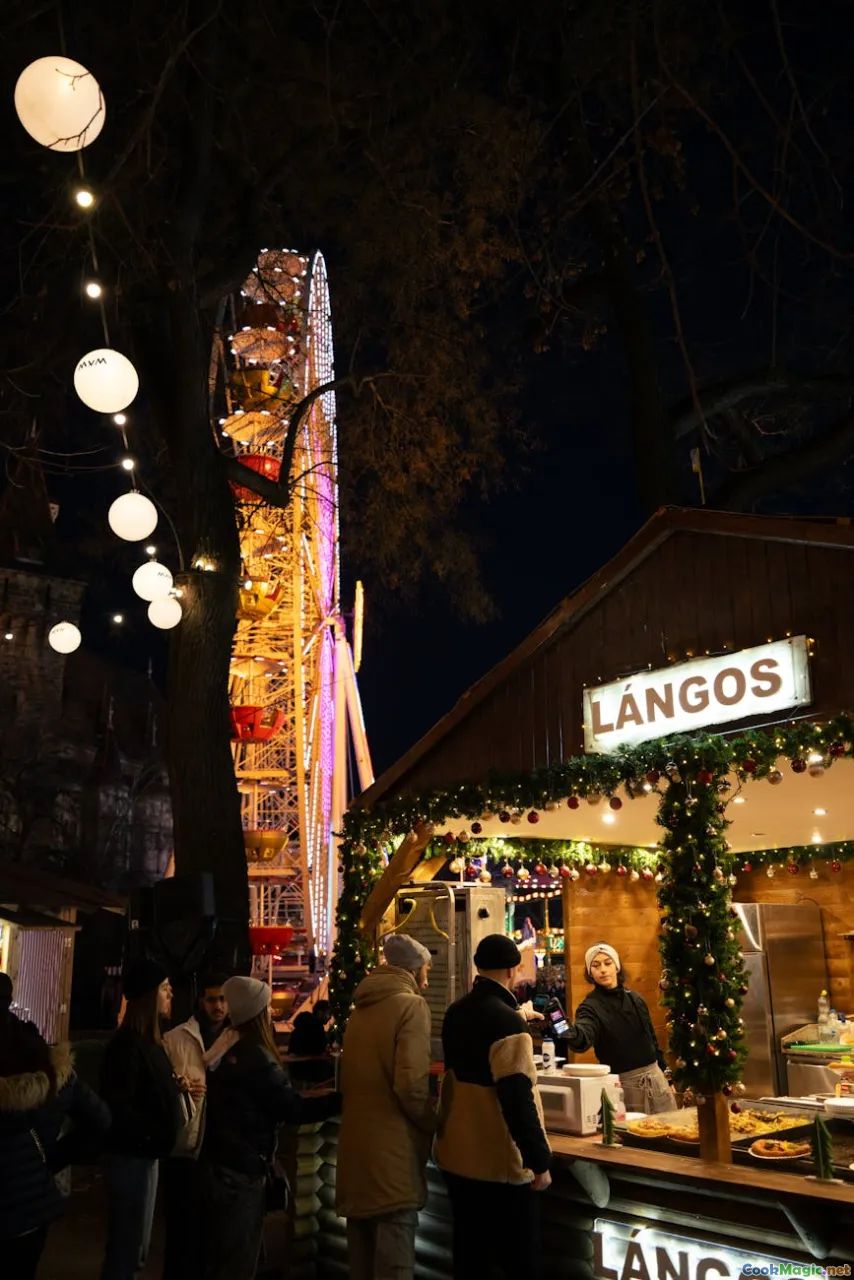Exploring the Hungarian Winter Pork Slaughter Feast
8 min read Discover the rich history, vibrant traditions, and mouthwatering flavors of Hungary's winter pork slaughter feast, a cornerstone of cultural heritage. April 26, 2025 13:55
Exploring the Hungarian Winter Pork Slaughter Feast
Hungary, a country renowned for its hearty flavors and deep-rooted traditions, transforms during the cold winter months into a land alive with the sights, sounds, and aromas of its most celebrated culinary ritual: the winter pork slaughter feast. This age-old tradition is more than just a way to preserve meat; it is a lively, communal celebration that embodies the heart and soul of Hungarian rural life.
The Cultural Tapestry of Hungary’s Winter Feast
A Heritage Steeped in History
For centuries, the winter slaughter—or disznótor as it’s called in Hungarian—has marked the end of the year's work and the beginning of communal feasting. Historically, families and neighbors came together in the cold months to slaughter their pigs, a practice rooted in necessity but elevated into a festive event full of joy and camaraderie.
This tradition dates back to times when self-sufficiency was vital, and every part of the pig was used to sustain families through the harsh winter. Over generations, what was once a necessity evolved into a cultural celebration, blending practicality with festivity.
The Social Fabric of the Disznótor
In rural Hungary, the slaughter was a communal affair—an event that brought together farmers, butchers, cooks, and neighbors. The air would be thick with the smell of fresh blood, sizzling fat, and roasting meat, creating an intoxicating symphony of scents. It was a social event, punctuated by storytelling, music, and traditional dances, reinforcing bonds across generations.
The Rituals and Preparations
Preparation for the feast began weeks before the slaughter day. Farmers would select the best pigs, often based on their size, health, and the quality of meat they produced. The process involved meticulous butchering, curing, and smoking—techniques passed down through family lines.
The slaughter itself was treated with respect; it was a solemn moment, accompanied by prayers and blessings, acknowledging the animal's sacrifice. The butchering process was a precise craft—removing entrails, cutting the meat into manageable sections, and preparing it for preservation.
A Feast for the Senses: Dishes and Flavors
The Star of the Show: Pork
Central to the feast was the pig itself, transformed into a variety of delicious dishes. The most iconic was sült (head cheese), a savory terrine made from the pig’s head, seasoned with garlic, onions, and spices, then slow-cooked into a firm, flavorful terrine.
Another highlight was kolbász(Hungarian sausage), a spicy, smoky sausage made with paprika, garlic, and pork fat. The sausages were often hung to dry, developing a deep, smoky aroma that was irresistible.Szalonna(pork cracklings) andhúsos pogácsa (meat-filled scones) added to the rustic charm, their crispy textures and rich flavors complementing the hearty meat dishes.
Traditional Preparations
The meat was often smoked over oak or beech wood, imparting a distinct aroma and flavor. Salting and curing were essential to preserve the meat for months, especially for sausages and bacon.
In addition to the meat, the feast featured gulyás (goulash), a robust stew simmered with paprika, potatoes, and vegetables, showcasing Hungary's love for paprika—its signature spice.
The Scented Atmosphere
Imagine walking into a rustic Hungarian tavern during disznótor: the air thick with the scent of roasted pork, bubbling stews, and freshly baked bread. The warmth of the fire, the lively chatter, and the clink of glasses create an ambiance of joyous celebration.
Personal Reflections and Modern Celebrations
Preserving the Tradition
Today, while modern refrigeration and food processing have lessened the necessity of traditional slaughtering for survival, many Hungarian communities still honor the disznótor as a cultural ritual. It’s a time to connect with roots, teach younger generations, and celebrate communal bonds.
Contemporary Twists
Some regions have adapted the feast into festivals, with live music, dance, and demonstrations of traditional butchering techniques. Chefs and home cooks alike recreate the flavors of the season, bringing the rustic charm of the slaughter into modern kitchens.
Personal Anecdotes
I remember visiting a small village in the Hungarian puszta during winter, where I was invited to witness a disznótor. The experience was visceral—standing amidst the cold, watching the skilled butchers work swiftly, the crackling fire, and tasting the freshly made sausages. That day, I understood that this feast isn’t merely about food; it’s about community, respect for tradition, and the celebration of life itself.
The Significance Beyond the Plate
A Reflection of Hungarian Identity
The winter pig slaughter is more than a culinary event; it’s a symbol of resilience, resourcefulness, and cultural pride. It reflects Hungary’s historical reliance on self-sufficiency and the importance of communal bonds.
An Invitation to Experience
For food lovers and cultural explorers, participating in or witnessing a disznótor offers an authentic glimpse into Hungarian rural life. It’s an immersive experience that combines sensory delight with a deep appreciation of tradition.
Final Thoughts
The Hungarian winter pork slaughter feast is a masterful blend of history, culture, and gastronomy. It reminds us that food is more than sustenance—it’s a living narrative, woven through generations, embodying the spirit of community and resilience. Whether you’re a culinary enthusiast or a curious traveler, embracing this tradition invites you to savor not just the flavors, but the stories and history that make Hungarian cuisine truly special.
Embark on this journey, taste the legacy, and celebrate the season the Hungarian way—rich, hearty, and full of life.









